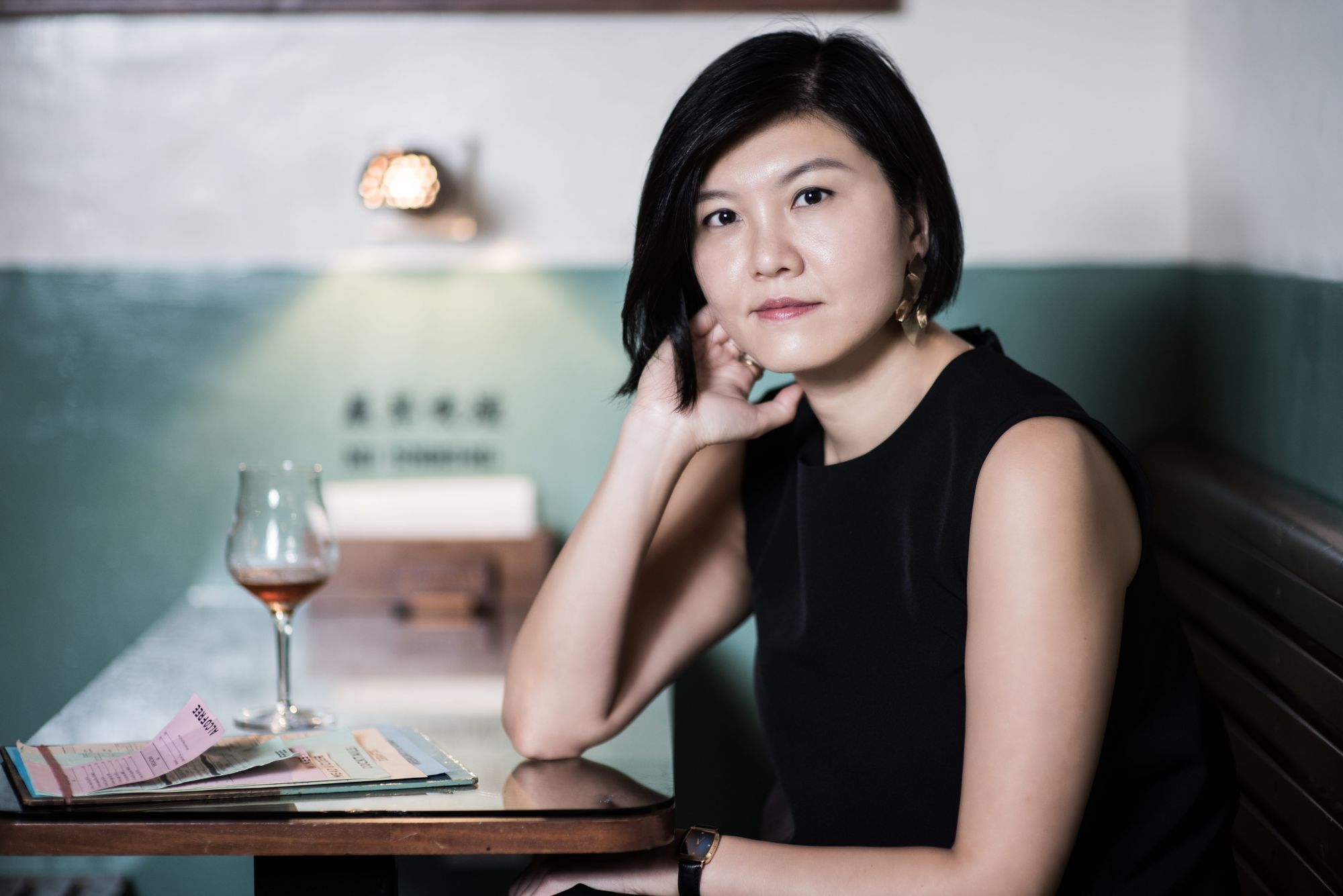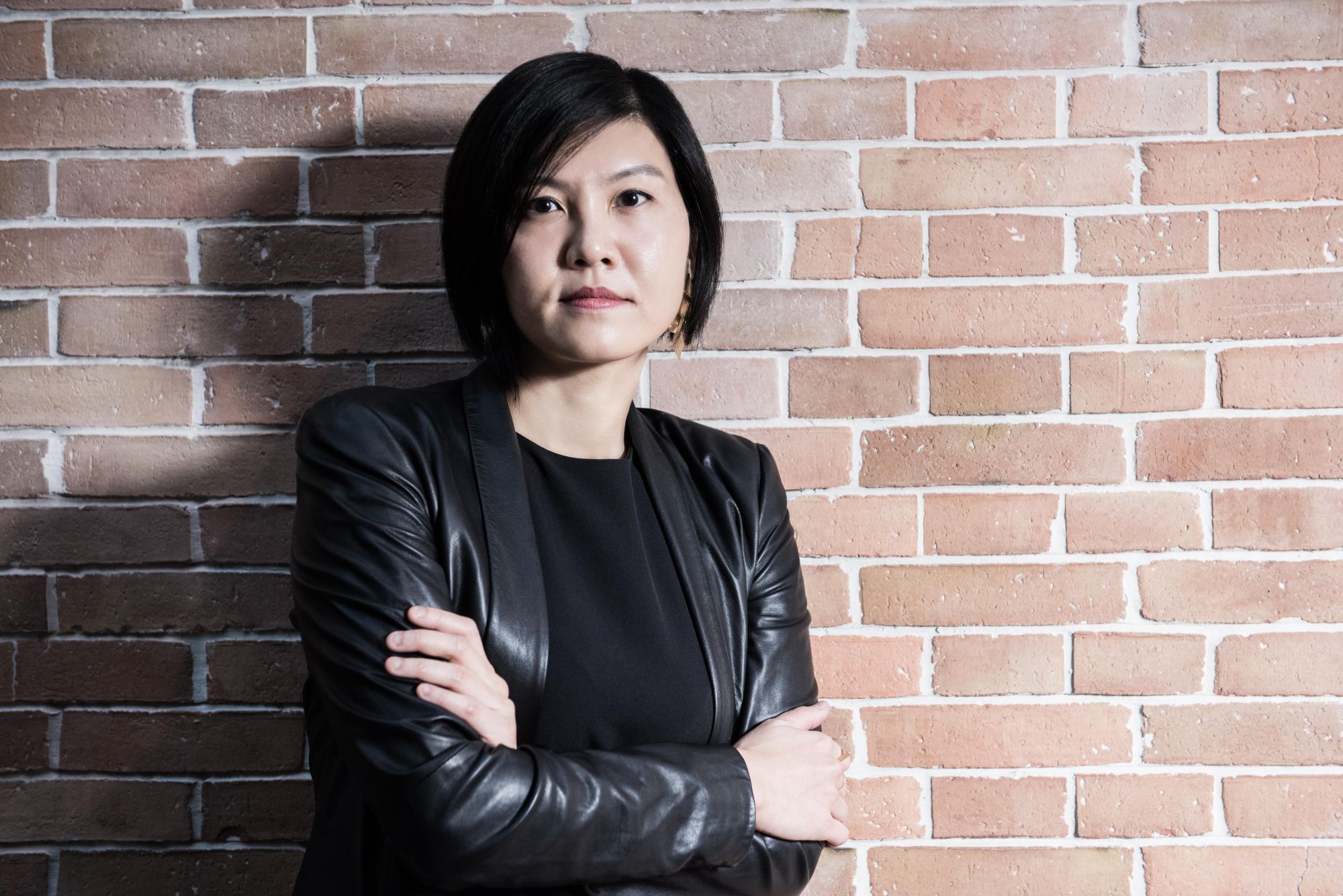The Collective founder on how working for Rem Koolhaas informed her startup studio’s unique style, and making the move from architect to entrepreneur
She may only be in her mid-30s, but Generation T honouree Betty Ng has already had a career the envy of most architects twice her age. With degrees from Cornell and Harvard, the Hong Konger has worked for two of the world’s most respected architecture firms in Herzog & de Meuron and OMA respectively.
At OMA, Ng first worked under then partner Joshua Prince-Ramus before spending the majority of her seven years at the Netherlands-based firm under controversial figure and reluctant ‘starchitect’ Rem Koolhaas, who became her mentor.
Ng followed septuagenarian Koolhaas around the world, from Beijing (and the CCTV Tower project) to Rotterdam, evidently learning from his provocative design methodology as much as his ground-breaking designs.
Koolhaas emphasises the importance of questioning and criticising absolutely everything in order to create something truly original. His mission is to “Keep thinking about what architecture could be.”
The process is labour-intensive and relentlessly demanding of his team. Unlike most studios, where a lead architect creates a design that’s refined by their studio, Koolhaas works from the bottom up, once telling the New Yorker, “What the OMA process focuses on is not the creator but the critic.”
When Ng eventually decided to go her own way and launch design firm Collective Studio in 2015, inviting former OMA colleagues Juan Minguez and Katja Lam in 2016, it seems natural she’d take this defining, but potentially divisive, methodology with her—adapted with a few Asian characteristics, of course.









